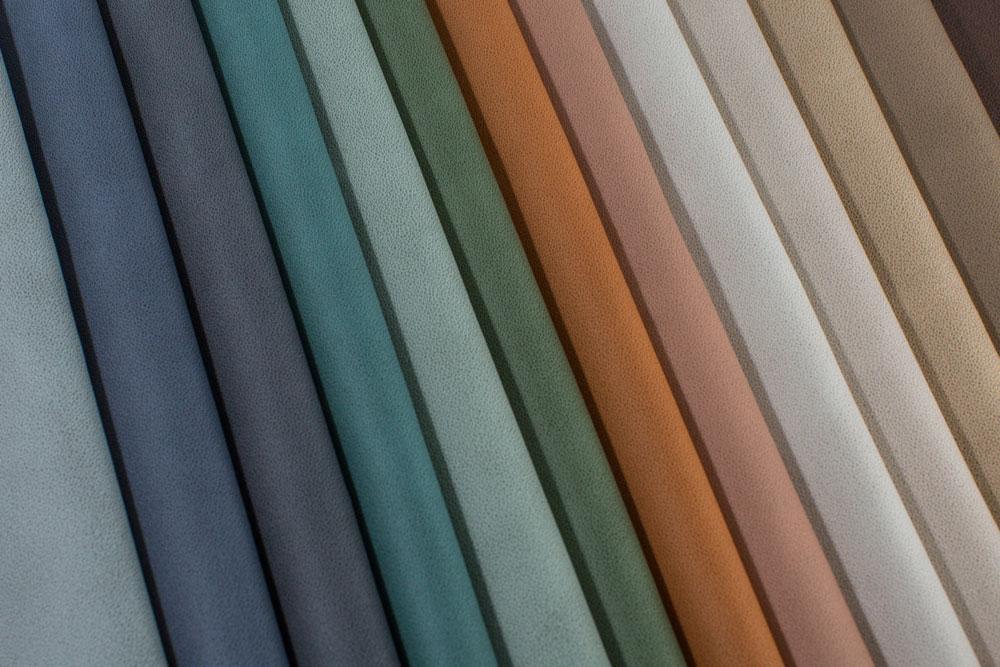Bio-Based Leather Market: Innovations in Manufacturing and Material Sourcing

The bio-based leather market is undergoing a dramatic transformation as it seeks to provide sustainable alternatives to traditional leather. As environmental concerns rise and consumers become increasingly conscious of the ecological impact of their purchasing decisions, the demand for eco-friendly materials is accelerating. Bio-based leather, derived from renewable, plant-based, and fungal materials, is emerging as a leading solution to the leather industry’s sustainability challenges.
The Growing Need for Sustainable Leather Alternatives
Traditional leather production is notorious for its environmental and ethical issues. The tanning process, which involves toxic chemicals and large amounts of water, has significant ecological consequences. Additionally, the demand for animal hides for leather production raises concerns about animal welfare and the carbon footprint associated with livestock farming. As global awareness of these issues increases, the search for sustainable alternatives has intensified. Bio-based leather represents a viable solution, using natural materials that are renewable, biodegradable, and often produced without harmful chemicals or intensive resource consumption.
The bio-based leather market is evolving to meet these needs, offering a range of materials that can replicate the aesthetic qualities of animal leather while providing a more sustainable and ethical alternative. From mushroom-based leather made from fungi to pineapple leaf fibers and apple waste, the variety of raw materials available for bio-based leather production is expanding, providing manufacturers with diverse options to choose from.
Innovations in Material Sourcing
One of the most significant innovations in the bio-based leather market is the development of new and diverse sources for raw materials. Traditionally, leather has been sourced primarily from animal hides, but bio-based alternatives are shifting this paradigm by utilizing plant and fungal matter.
Mushroom leather, made from mycelium—the root structure of fungi—has gained significant attention in recent years. Mycelium grows rapidly and can be cultivated with minimal environmental impact, making it an ideal candidate for bio-based leather production. Once harvested and processed, mycelium leather is lightweight, flexible, and durable, with the ability to be customized in terms of texture and finish. Its sustainable production process, requiring little water and no toxic chemicals, has made it a key innovation in the bio-based leather space.
Another major advancement in material sourcing is the use of agricultural waste to create bio-based leathers. Materials like pineapple leaves, which were previously discarded as waste, are now being used to create Piñatex, a strong and durable bio-based leather alternative. Similarly, apple leather, made from the byproduct of apple production, is gaining popularity for its soft, flexible texture and eco-friendly nature. These materials not only help reduce agricultural waste but also support a circular economy by converting what would otherwise be waste into valuable resources.
Innovations in Manufacturing Processes
As the bio-based leather market continues to grow, innovations in manufacturing processes are playing a critical role in improving the scalability, performance, and cost-effectiveness of bio-based leathers. One of the key challenges facing the industry is how to produce bio-based leathers at scale while maintaining high standards of quality and performance.
New manufacturing techniques are emerging to address these challenges. For instance, advanced biofabrication methods are being developed to produce mycelium-based leather more efficiently. Through controlled cultivation processes, companies can grow mycelium into large sheets that can be harvested and processed into leather-like materials with minimal energy input. These biofabrication techniques can significantly reduce production costs, making bio-based leathers more competitive with traditional leather options.
Another breakthrough in manufacturing is the ability to customize bio-based leathers during production. Companies are now able to manipulate the properties of bio-based leathers by adjusting the growing conditions, such as temperature and humidity, to achieve specific characteristics, such as thickness, flexibility, or resistance to wear. This level of customization allows manufacturers to create products that meet the unique requirements of different industries, such as the fashion or furniture sectors, where aesthetics and functionality are equally important.
Market Scope and Growth Potential
The bio-based leather market is rapidly expanding as consumers and businesses increasingly seek sustainable alternatives to traditional leather. The market scope is vast, spanning various industries that rely on leather for products such as clothing, footwear, accessories, automotive interiors, and furniture. The demand for eco-friendly products has surged as more consumers prioritize sustainability, and companies are responding by incorporating bio-based materials into their offerings.
Fashion and apparel remain one of the largest sectors for bio-based leather, with many high-end and luxury brands adopting plant-based materials to enhance their sustainability credentials. The automotive industry is also exploring the use of bio-based leathers, particularly for interior components such as seat coverings, steering wheels, and dashboard finishes. Bio-based leathers offer a sustainable alternative to synthetic leathers, which are typically made from petroleum-based plastics, further driving interest from eco-conscious consumers.
Challenges and Opportunities Ahead
While the bio-based leather market presents tremendous opportunities, it also faces several challenges. One of the main hurdles is the cost of production. Bio-based leathers, especially those made from innovative materials like mycelium and plant fibers, are often more expensive to produce than traditional leather. However, as the manufacturing processes become more efficient and economies of scale are realized, prices are expected to decrease, making these materials more accessible to a broader range of consumers.
- Art
- Causes
- Crafts
- Dance
- Drinks
- Film
- Fitness
- Food
- Giochi
- Gardening
- Health
- Home
- Literature
- Music
- Networking
- Altre informazioni
- Party
- Religion
- Shopping
- Sports
- Theater
- Wellness


